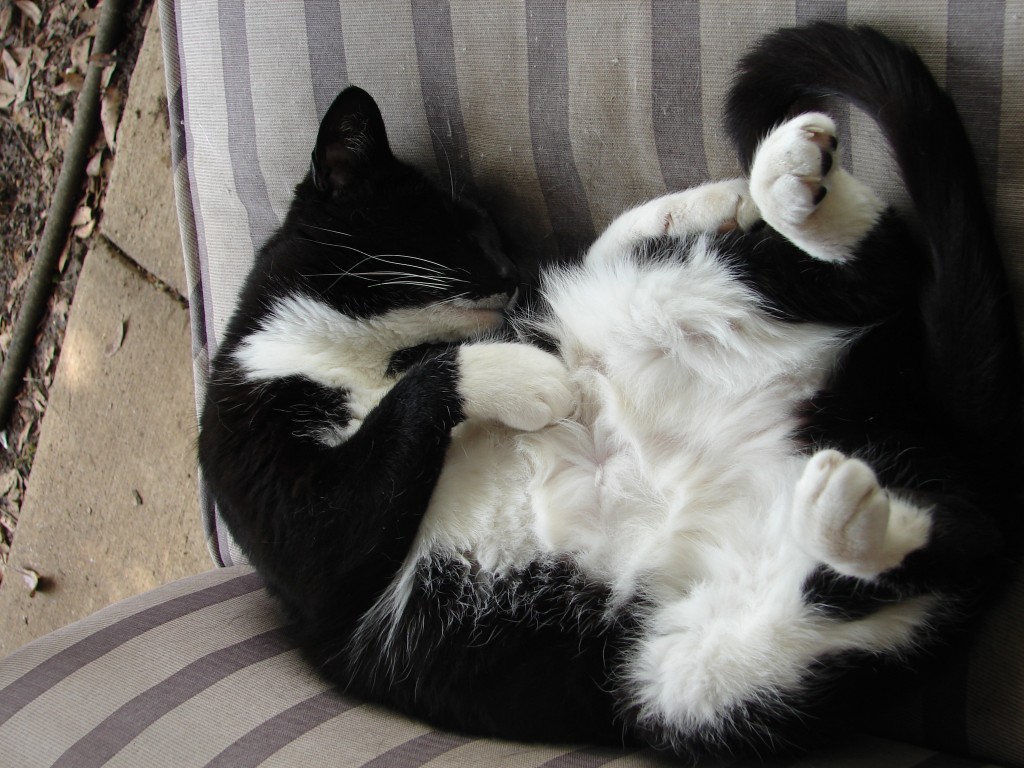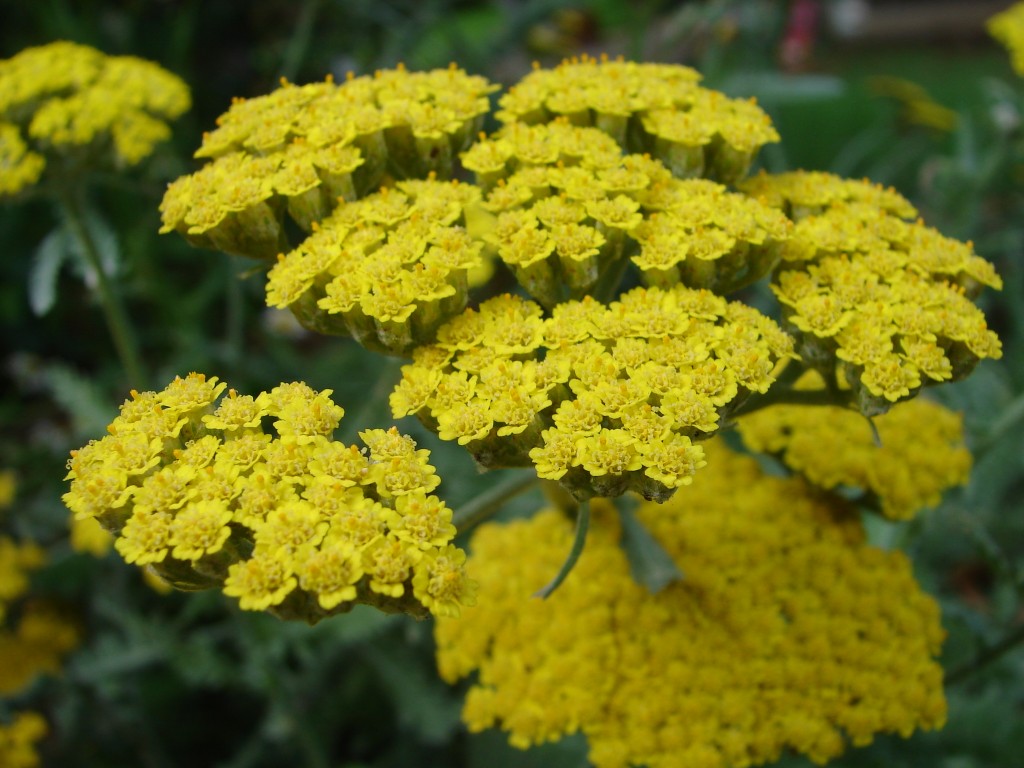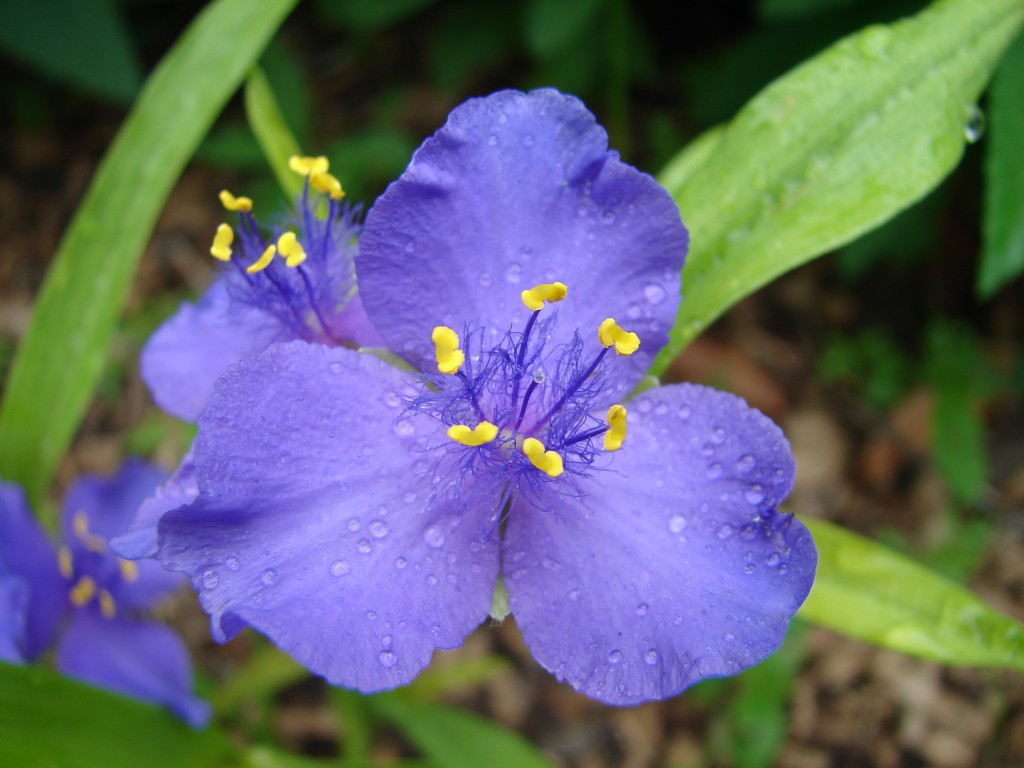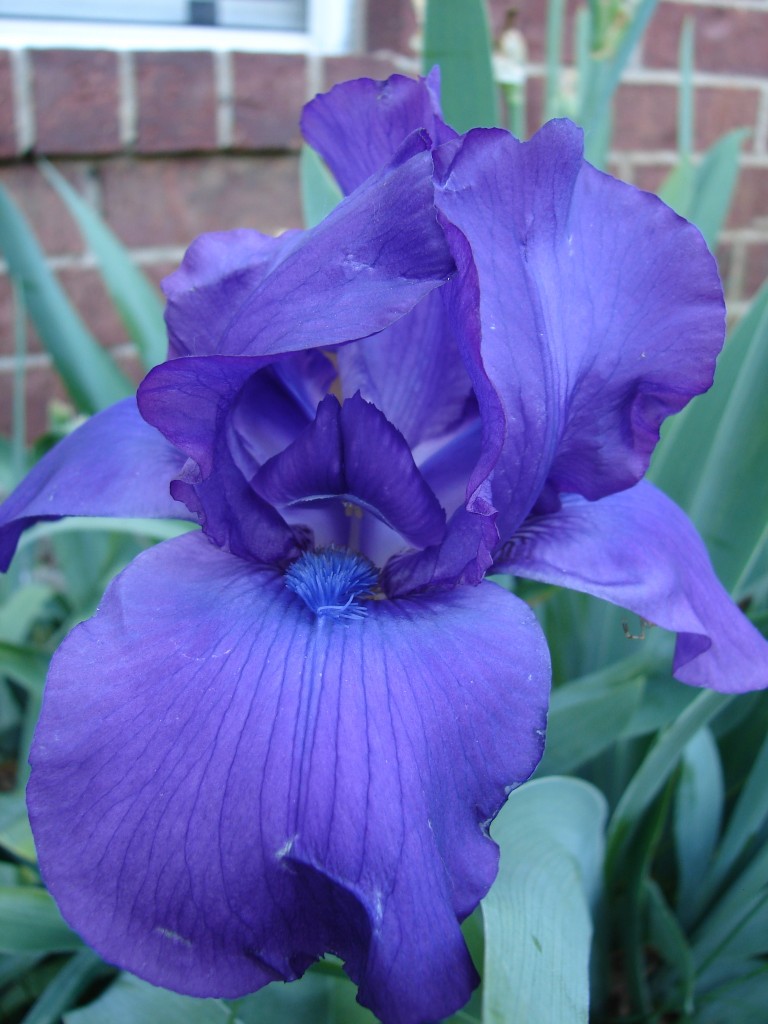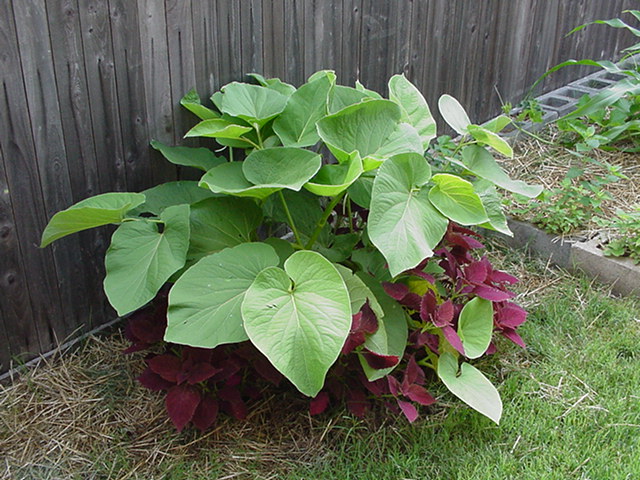The truth is that fire ant do provide a benefit. They eat ticks, chiggers, termites, boll weevils, flee hopper, cotton bollworms, pink bollworms, tobacco budworms, pecan weevils, hickory shuckworms, flies, fleas, tobacco budworms, corn earworms and cockroaches. Of course, they will also eat baby animals, seedlings and saplings – especially in the veggie garden. In other words, there’s not much they won’t eat. Not only will they eat anything and everything, but they seem to have a fondness for electricity and will destroy electrical devices if they can get to them.
There are actually 280 species of fire ants, a type of stinging ant, worldwide. There are four speceis that live in Texas, but the three natives ones are just about gone because of the imported fire ants. The imported red fire ant is much more aggressive than the natives. If you disturb their mound they will swarm and sting and boy does their sting pack a punch – leaving white pustules.
The red imported fire ant was discovered by the now famous biologist, E.O. Wilson when he was a young boy. The ant were introduced to the US by a ship coming from South America to Alabama sometime around the 1930’s or 1940’s. They now cover most of the southern portions of the US and cause hundreds of millions of dollars in hospital bills, vet bills, crop loss, livestock loss, and control measures. Their spread to the north is limited by cold and their spread to west is somewhat limited by drought.
When they were first discovered, red imported fire ants only had one queen per mound and they were very territorial. We thought we would be clever, however, and instead of “better living through chemistry” we have created a monster by spraying them with a poison called Myrex, one of the most persistent compounds ever made. Now they have increased the number of queens per mound to hundreds or even thousands and they tolerate their neighbors to be much closer.
So… what can be done? A lot actually.
To treat individual mounds, you can treat mounds with DE or with a soil drench of soapy water, vinegar, boiling water, nematodes, citrus or compost tea. Probably the best of these is the compost tea because it introduce microorganisms that will attack the ants. You can add molasses to the tea for extra kick because the fire ants hate the stuff – plus it feeds the soil and the plants at the same time. Another fun, if a little sadistic, treatment is to pour boiling water on the mound – but realize that this may damage plants or grass in the area. This will kill a lot of ants, though, as will DE (diatomaceous earth). You need to sprinkle DE on a mound when it is nice and dry or it won’t work. In dry conditions, the DE cuts the bodies of the ants and they bleed to death. The nematodes also work really well and persist for a long time (up to two years) in the area. Nematodes are microscopic worms that are parasites to the ants.
For over all long term control, impove the health of the area and the biodiversity. Fire ants evidently love monocultures – like fields of all one kind of grain or lawns of all one kind of grass. There was also a recent article about a parasitic fly that holds some promise in long-term control – New phorid fly species turns red imported fire ants into ‘zombies’ Hopefully, that will not just be trading one problem for another.
-- Weather When Posted --
- Temperature: 87°F;
- Humidity: 59%;
- Heat Index: 93°F;
- Wind Chill: 87°F;
- Pressure: 29.71 in.;


